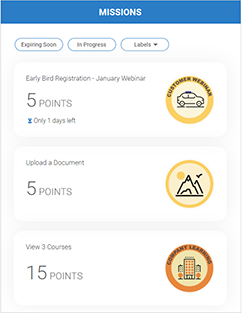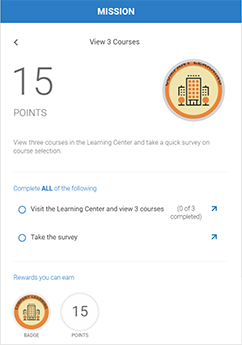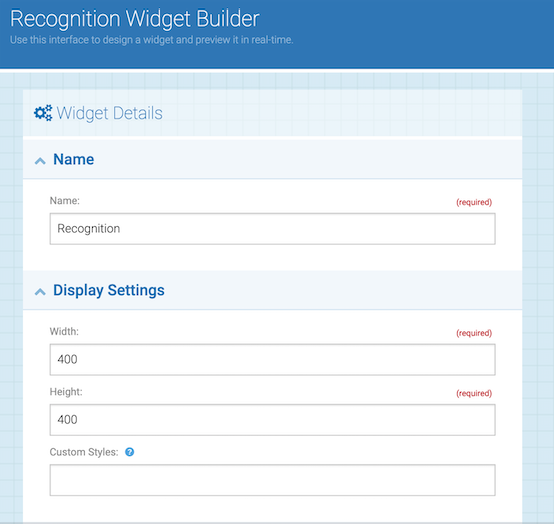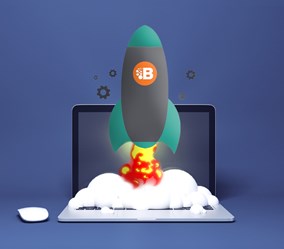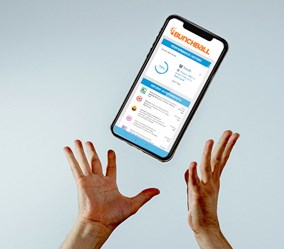Points
Points can be used to indicate status, identify high priority activities or, in some examples, used to purchase real or virtual goods. Game Dynamics associated with Points include Achievement and Progress (emotional). Users want to feel rewarded and Points can help users keep score.
Levels
Levels show how users reach a milestone, program status, or areas of accomplishment. This can also show long-term or sustained achievement within the gamification program. Levels within game mechanics taps into the human desires/motivations (Game Dynamics) of Competition, Collection, Achievement, and Progress (emotional).
Missions
Missions provide objectives for users to accomplish as a team or as an individual. Once the mission is completed (or challenge overcome), users may feel a sense of accomplishment. Game Dynamics that often work with Missions include Competition, Community, Achievement, Surprise, and Exploration.
Badges
Badges are used to demonstrate mastery over important tasks and goals. These visual indicators of accomplishment can also communicate skill or expertise within a group. Game Dynamics associated with Badges include: Community, Collection, Achievement, Surprise, Progress (emotional), Exploration
Leaderboards
Many gamification deployments will feature a “high-score table” which is also defined as a Leaderboard to show how users/teams are progressing against each other. As an example, a team/individual leading in gamification can inspire the team/individual to remain at the top. Or a leaderboard could trigger more competition among another team/individual to displace the current leader. Key Game Dynamics associated with Leaderboards include: Competition, Collaboration, Community, Achievement.
Unlocks
Unlocks are used in unlocking missions or challenges. As an example, a user must complete A (mission, task, challenge, etc.), which will then unlock B, C, and D. The Unlocks game mechanic can be deployed with quizzes, activities, and missions containing badges where there is a determined linear progression. Game Dynamics associated: Achievement, Surprise, Exploration.
Events Feed
This game mechanic enables users to see how everybody else in the gamification is doing; for example, a user may read on the Events Feed that a colleague has completed a mission and progressed to the next level. Events Feed can be used to motivate other users to do certain actions so their progress could be broadcasted on the Events Feed to others. Game Dynamics associated: Exploration, Competition, Collaboration, Community, Progress (emotional).
Quiz
The Quiz game mechanics allows users to test their knowledge and in doing so, this can be in conjunction with many other game mechanics to help move the user through the gamification program.
Visual Progress
A visualization of Progress shows users where they are in completing missions, challenges and in the overall Gamification user journey. Game Dynamics associated: Achievement, Progress (emotional).

